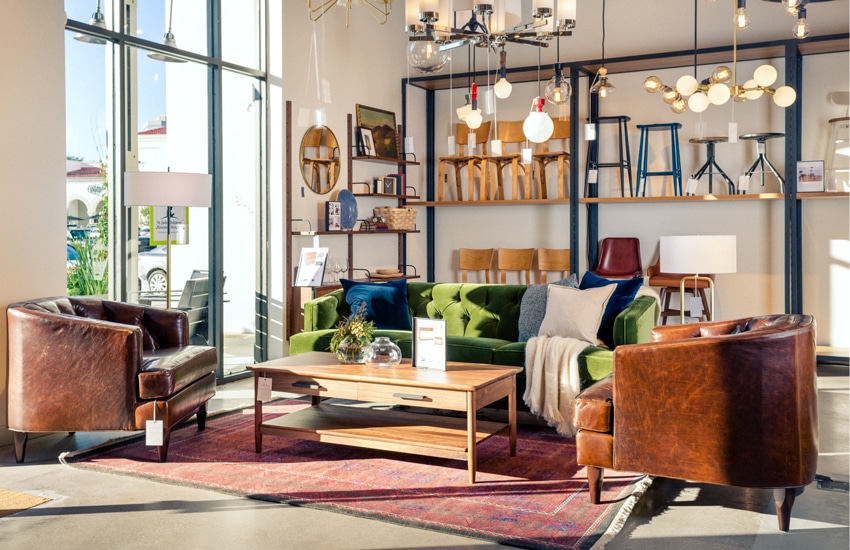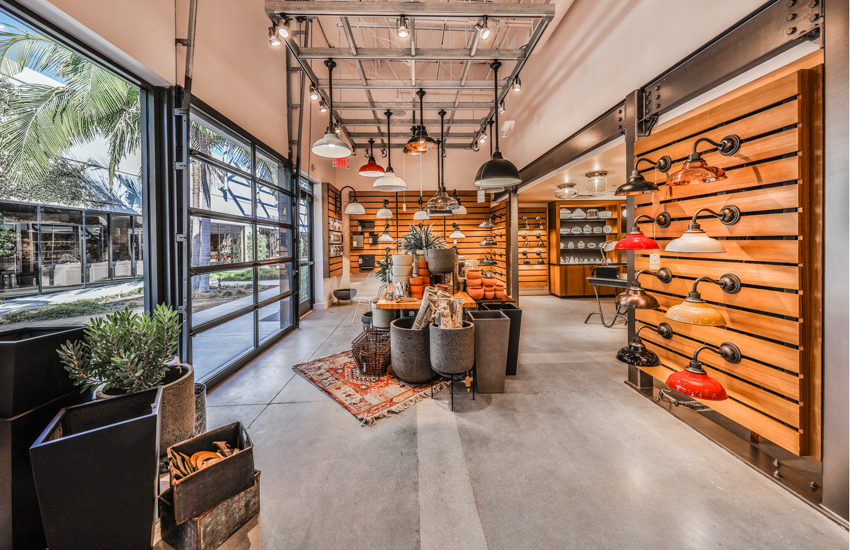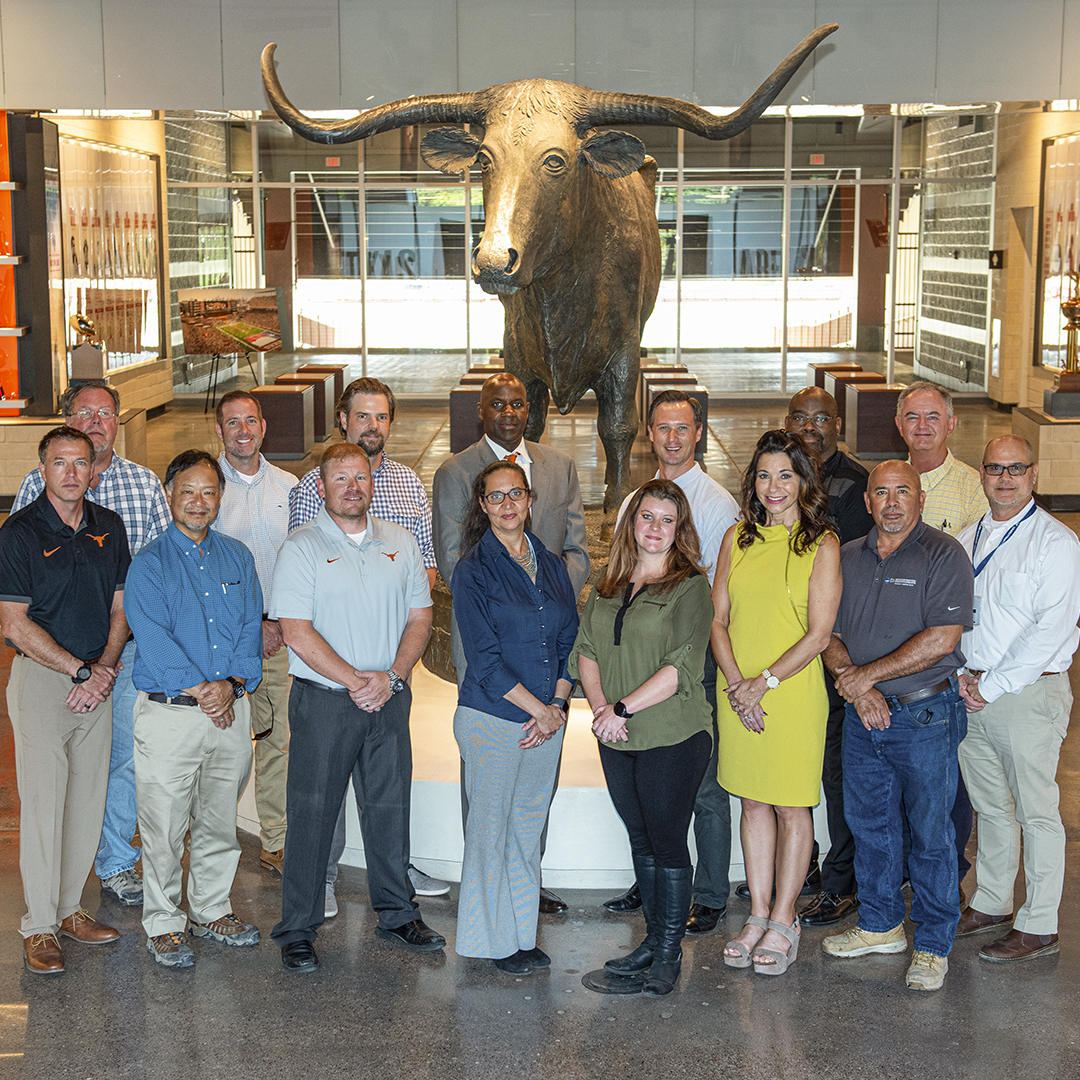|
Getting your Trinity Audio player ready...
|
When Theresa Joy Hannig joined Williams-Sonoma as a store design intern in 2011, she was immediately immersed in a well-known world with its familiarity tracing all the way back to her childhood: “It was my favorite store to go to when I was a kid—the smells, tastes, and cool kitchen gadgets.” Now, eight years since her start date, Joy Hannig has flourished from that long-standing passion to become vice president of store design, leading the design team as they support Williams-Sonoma in expanding to new global markets and developing as an omni-channel enterprise.
That sense of nostalgia that Joy Hannig has felt since her early days of shopping at the company are part of what drive other loyal customers to visit each chain, which has since expanded to over 600 locations worldwide. Melissa Saltsgaver of Signtech Electrical Advertising acknowledges this as well, saying, “Although Williams-Sonoma’s brands are highly well-known, the signage identifies them, and will be what newer customers will come to recognize. It is the importance of brand recognition and a parallel line of exceptional customer experience that drives our team at Signtech.”
Since its establishment, the home goods giant has been tapping into experiential retail initiatives that seek to enhance the way customers interact and remember each store visit. “Each of our stores is the essence of the brand brought to life in a sensory and physical experience,” Joy Hannig explains. Regardless of whether customers purchase items online, through a catalog, or in-store, Williams-Sonoma ensures that every shopping experience tantalizes the senses and evokes warm memories, allowing customers to feel welcome and inspired to craft their dream homes.

Each store location is decorated with unique items that host sentimental value relevant to specific geographies from floor to ceiling. Not to mention, Williams-Sonoma is ranked number 23 of the most sustainable Fortune 500 companies, and number one for home retailers, inspiring them to incorporate reused and environmentally friendly objects in both their designs and their goods. When customers walk into a store, they see walls adorned with reclaimed wood from historic landmarks, designs inspired by native artists, and taste samples that highlight local flavors. Their flagship store in Manhattan even features reclaimed ipe, a type of wood, from the Rockaway Boardwalk that fell during Hurricane Sandy.
While the stores tap into geographically deep-rooted tradition, the design team also recognizes the need to adapt to the way these communities evolve. Joy Hannig says, “Our mission statement is to ‘enhance the quality of our customer’s lives at home.’ The store design needs to continue to evolve and adapt just as the way people live in their homes changes.”
As Williams-Sonoma expands its brands across the globe, this “home away from home” mentality will likewise extend across seas. In 2019, the company aimed to open three additional stores in Mexico and six new stores in India—to start, a West Elm, a Pottery Barn, and a Pottery Barn Kids in Delhi and Mumbai. Joy Hannig envisions the stores to follow Williams-Sonoma’s sustainability focus as her design team explores ways to incorporate reclaimed wood and repurposed railroad ties.

While Williams-Sonoma was introduced to Mexico’s market in 2015, India’s market provides a different challenge. “Each store is an announcement of our brand to a completely new market, so many people have never met us before,” Joy Hannig says. “Where we show up is just as important as how we show up.”
Because India is entirely new territory for the multinational brand, Joy Hannig explains how launching the brands comes with an added layer of complexity with regards to sourcing materials and guaranteeing a good first impression among its audience. As she works with her team to develop an appropriate look and feel for each new store, she constantly brainstorms ways to highlight locally relevant designs while still communicating Williams-Sonoma’s strong brand identity. Luckily, her small but mighty team of four is up for the challenge.

Joy Hannig says that though her team is a lot busier with the new work of navigating the challenges that come with expanding abroad, the dynamic hasn’t changed. “My team is extremely lean, but strong,” she says. “They do an amazing task of juggling so many tasks at once. We’re all very fast-paced, collaborative, and aligned in the same efforts. I feel lucky to come into work each day with them there.”
Though her team is comprised of true multitasking powerhouses, over time, they’ve learned to leverage consultants and vendors to take work off their plate, allowing for better prioritization and focus on their evolving brands. In the upcoming months, Joy Hannig hopes to make spending time with her team a priority in her agenda, despite her “crazy travel schedule,” to help them grow and achieve their goals. Alongside her team, she hopes to continue sparking innovation to “make every store feel special and new.”
While constantly innovating and evolving may seem difficult, Joy Hannig’s advice is simple: just pay attention. “Our designs are influenced by so many different functional and aesthetic items,” she says, “It’s important to just stop to listen and observe the world around us.” For Joy Hannig, opening her mind to new ideas means practicing yoga and traveling the world to check out and be inspired by interesting buildings, stores, and restaurants. Luckily, for the design-centric company, Joy Hannig and her team of passionate planners follow this advice daily to harmoniously support Williams-Sonoma’s mission of enhancing homes, wherever they are.


